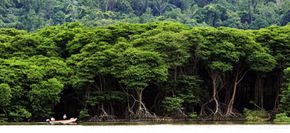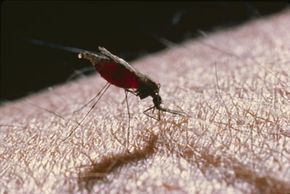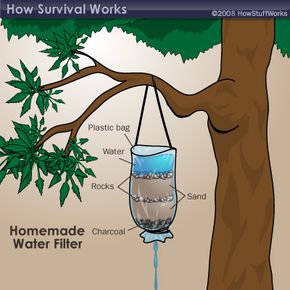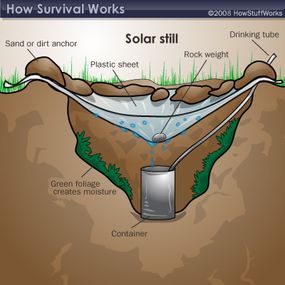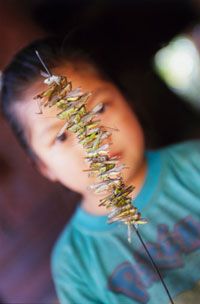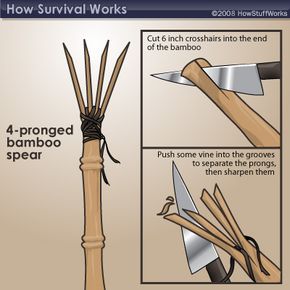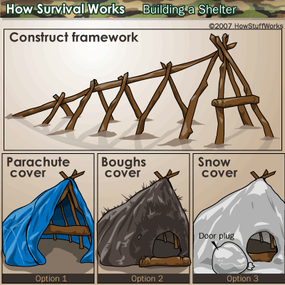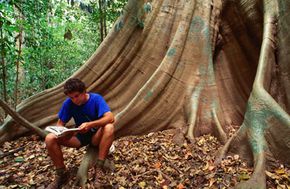In the 1979 Francis Ford Coppola film "Apocalypse Now," a young Martin Sheen learns a valuable lesson as Capt. Ben Willard: "Never get out of the boat." In that movie, Capt. Willard and Chef, a fellow soldier, disembark from their PT boat and venture into the jungles of Vietnam in search of mangoes. What they're greeted with instead is a wild tiger with designs to eat them. Luckily, Willard and Chef make it back to the boat safe, and Willard is able to complete his mission. Just ask Col. Kurtz.
A wild tiger is just one example of what could kill you in a jungle survival scenario. You could also die from a mosquito bite carrying malaria, bacteria in collected water or a poisonous plant you ate for dinner. The good news about the jungle is that water and food are plentiful -- you just need to know what to look for and where. The bad news is the jungle's thick overhead canopy makes it nearly impossible for anyone to spot you, so you'll probably need to hike to your rescue.
Advertisement
Weather in a jungle environment is harsh. One thing you'll get plenty of is rain. Lots and lots of rain. The dry season in a jungle means it rains once a day. Monsoon season means a nearly constant rain. The temperatures are generally very high, along with the humidity. Low altitude jungles average about 95 degrees Fahrenheit (35 degrees Celsius) with nearly 100 percent humidity. The rain will cool things down, but it's brief. After a storm rolls in, it gets even hotter and steamier. It'll also get dark much quicker in the jungle because of the thick canopy. Your days won't be shorter, but they'll seem like they are.
Jungles, or rainforests, are lush, green areas teeming with life of all shapes and sizes. They only cover about 2 percent of the Earth's surface, but they account for 50 percent of all plants and animals. If that doesn't describe how flourishing they are, consider this: A 4-square-mile (10-square-km) area of a rainforest can contain as many as 1,500 flowering plants, 750 species of trees, 400 species of birds and 150 species of butterflies [source: The Nature Conservancy].
All that life makes it both easier and more difficult to survive in the jungle. On the next page, you'll find out what dangers lurk under the dense, green canopy.
Welcome to the jungle.
Advertisement
